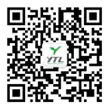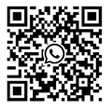The current sampling methods for electric meters mainly include the following types, each with its own characteristics and applicable scenarios:
1.Transformer-Sampled Electric Meter
· Definition and Principle
A transformer-sampled electric meter uses voltage transformers and current transformers to collect the user’s voltage and current signals, respectively. The voltage transformer converts high voltage to a proportional low voltage, and the current transformer converts large current to a proportional small current, facilitating subsequent signal processing and measurement by the meter.
· Advantages and Disadvantages
Advantages: Transformer-sampled electric meters have strong anti-interference capabilities, simple circuitry, and low cost. In high-voltage, high-current scenarios, transformer sampling can effectively isolate high and low voltage circuits, ensuring the safety of measurement personnel.
Disadvantages: Transformer-sampled meters may be inferior to direct sampling in terms of starting current, linear range, power consumption, and accuracy, especially at low currents. For example, with a rated current of 20A, the starting current of a direct-sampling meter may be much lower than that of a transformer-sampled meter. Additionally, due to the excitation current, transformer errors may be significant if compensation measures are not implemented.
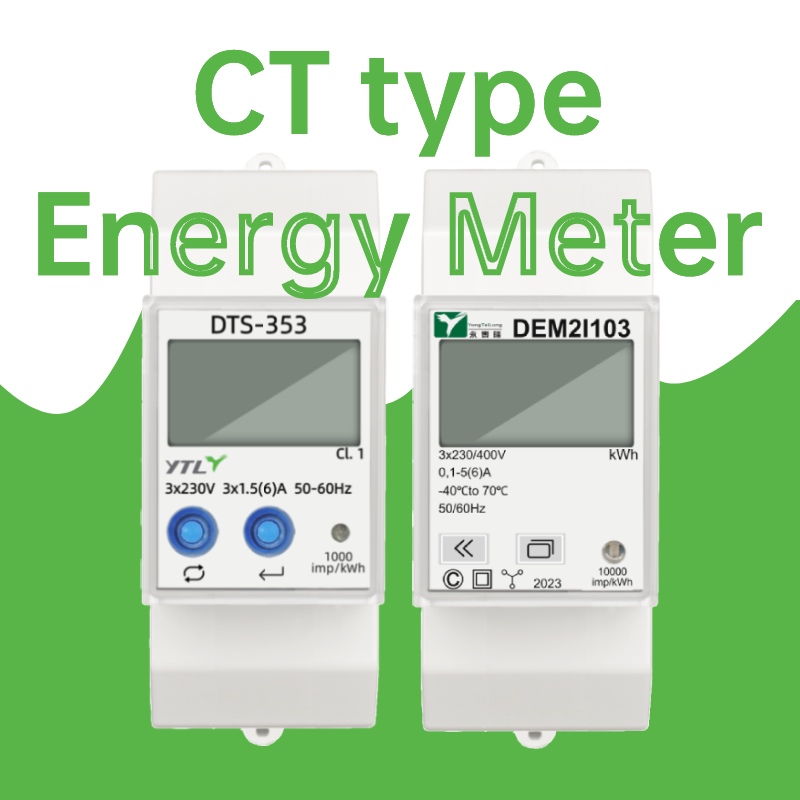
2. Direct-Sampling Electric Meter
· Definition and Principle
A direct-sampling electric meter obtains the voltage signal through a high-thermal-stability resistor divider network, while the current is sampled directly using a manganese copper strip or other high-precision resistor with a very low temperature coefficient. This method calculates the current by measuring the voltage drop across the resistor, making it suitable for both DC and AC current measurement.
· Advantages and Disadvantages
Advantages: Direct-sampling meters perform well in terms of starting current, linear range, power consumption, and accuracy, especially for small current measurements. For instance, an all-electronic meter with specialized manganese copper direct current sampling can achieve very low measurement error levels.
Disadvantages: Direct sampling may be affected by temperature and voltage, requiring error compensation. Additionally, in some high-voltage, high-current scenarios, direct-sampling meters may be difficult to implement or costly.
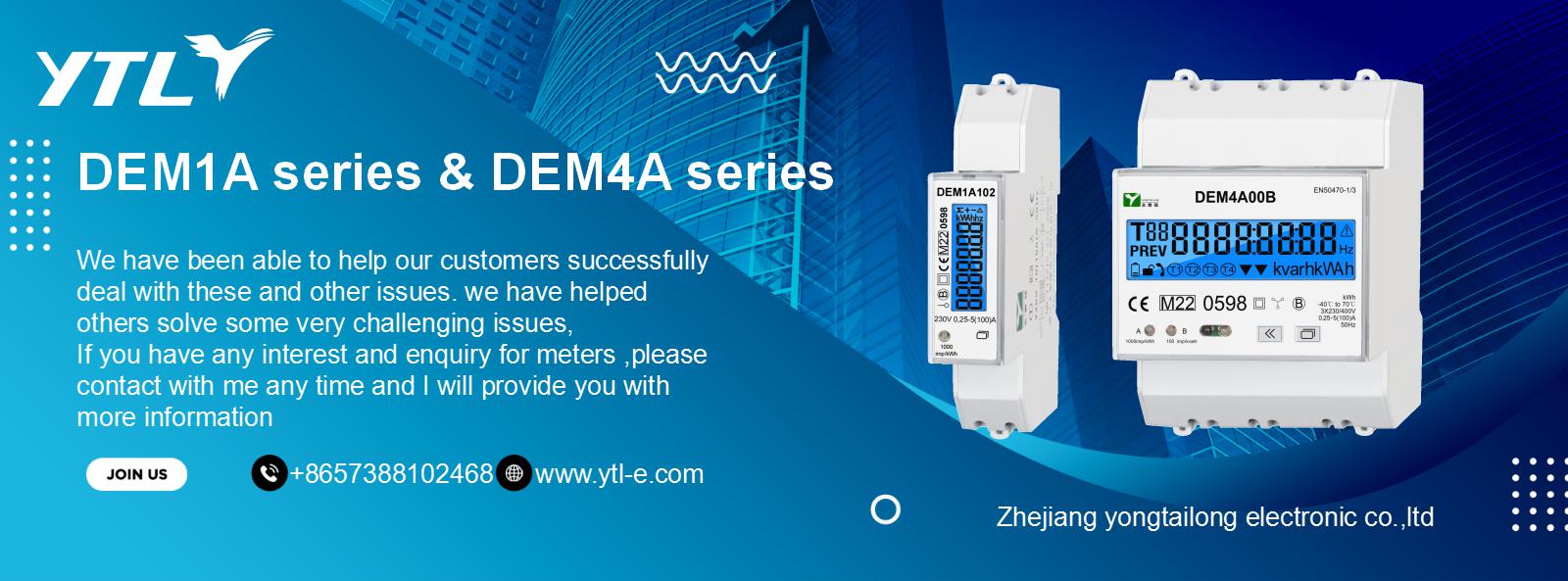
3. Shunt Resistor Sampling Electric Meter
· Definition and Principle
Shunt resistor sampling is another common current sampling method, where a resistor with a known resistance (the shunt resistor) is placed in the current path, and the voltage drop across it is measured to calculate the current. This method is simple, reliable, and suitable for various current measurement scenarios, though it is rarely used in electric meter designs.
· Advantages and Disadvantages
Advantages: This method provides high measurement accuracy, fast response, and good stability. The shunt resistor value can be adjusted based on actual needs to meet different accuracy and range requirements.
Disadvantages: Like direct sampling, it requires consideration of temperature and voltage effects and error compensation. In high-voltage, high-current scenarios, a shunt resistor with sufficient voltage and current endurance is needed.
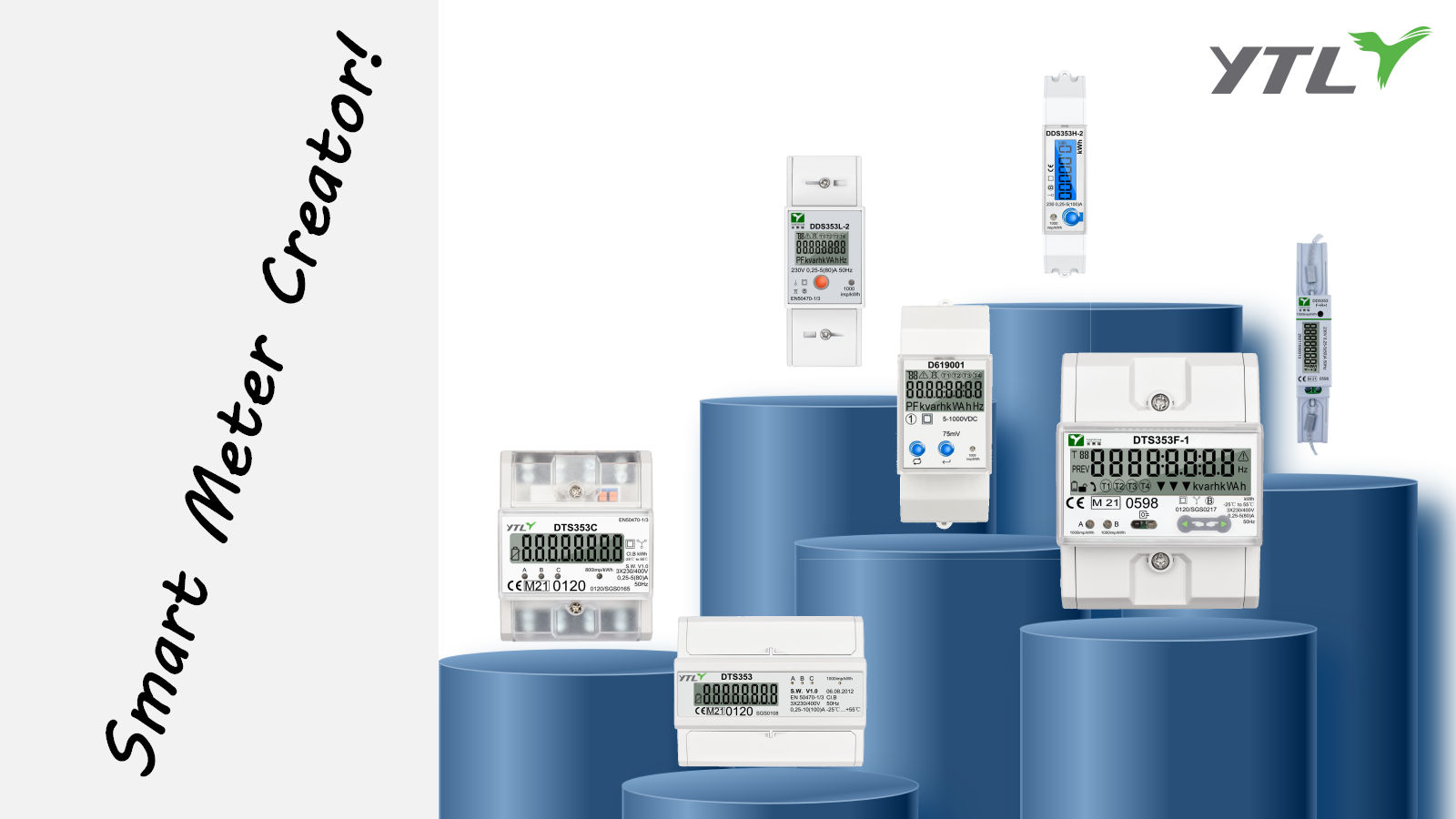
4. Other Sampling Methods
· Hall Effect Sampling: Measures current using the Hall element’s electromotive force generated in a magnetic field. It offers high accuracy, good linearity, and strong stability but is relatively costly. It has some applications in electric meter designs.
· Magnetoresistive Sampling: Measures current by detecting changes in the resistance of a magnetoresistive element within a magnetic field. It also provides high accuracy and fast response but is costly and not yet used in electric meters.
· Optical Fiber Current Sensor: Measures current by transmitting signals via optical fiber, providing electromagnetic interference resistance and insulation properties. It’s suitable for high-voltage, high-current measurement scenarios but requires high cost and technical demands and is not currently applied in electric meters.
In summary, electric meter current sampling methods are diverse, with each method offering unique advantages, disadvantages, and application scenarios. When choosing a sampling method, comprehensive consideration of actual needs and measurement conditions is essential. For instance, in high-voltage, high-current scenarios, transformer sampling may be more suitable, while direct sampling excels in scenarios requiring high accuracy and low current measurement. Moreover, with technological advancements, some more advanced sampling methods are gradually being adopted and promoted.

 English
English 简体中文
简体中文



.png?imageView2/2/w/500/h/500/format/png/q/100)




.png?imageView2/2/w/500/h/500/format/png/q/100)
.png?imageView2/2/w/500/h/500/format/png/q/100)


